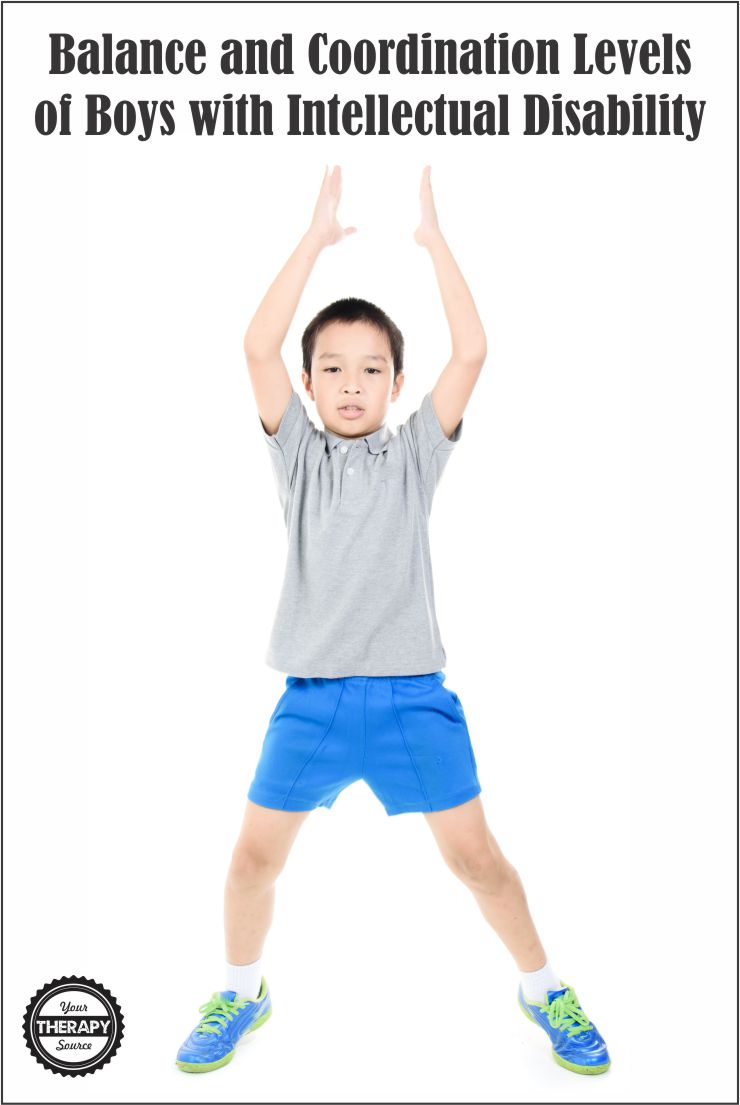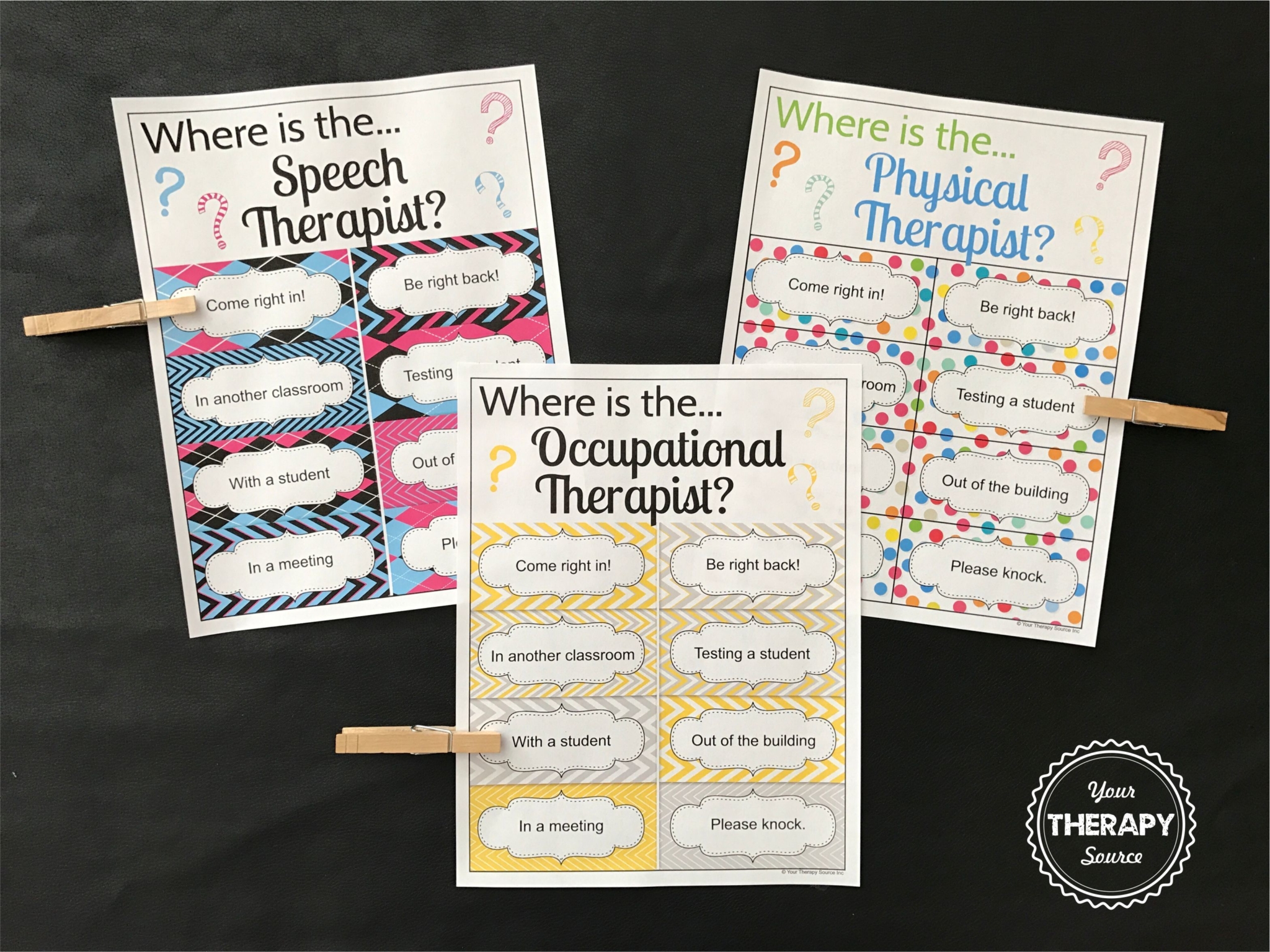Speech Production and Constraint-Induced Movement Therapy
Recent research examined changes in speech skills of children who have hemiparesis and speech impairment after participation in a constraint-induced movement therapy (CIMT) program. The participants in the study included 18 children with hemiparesis and co-occurring speech impairment who participated in a 21-day clinical CIMT program. The Goldman-Fristoe Test of Articulation-2 (GFTA-2) was used to evaluate […]










